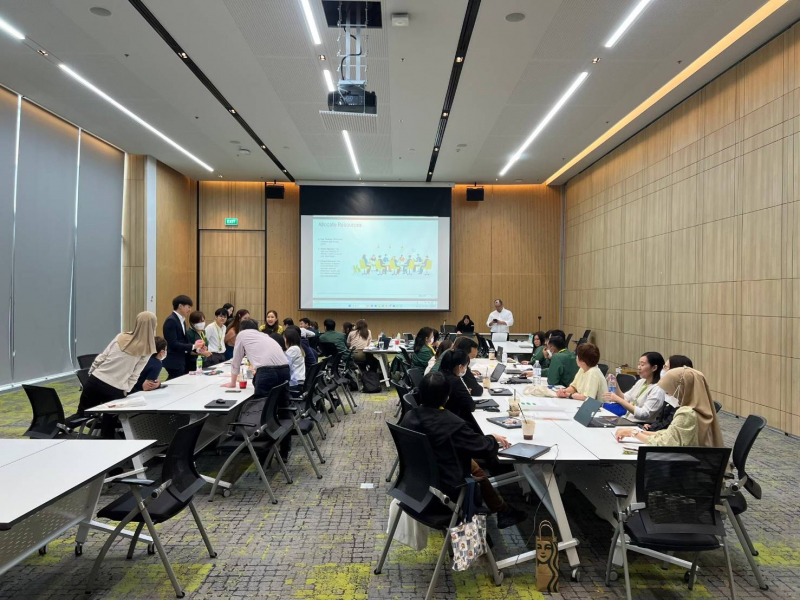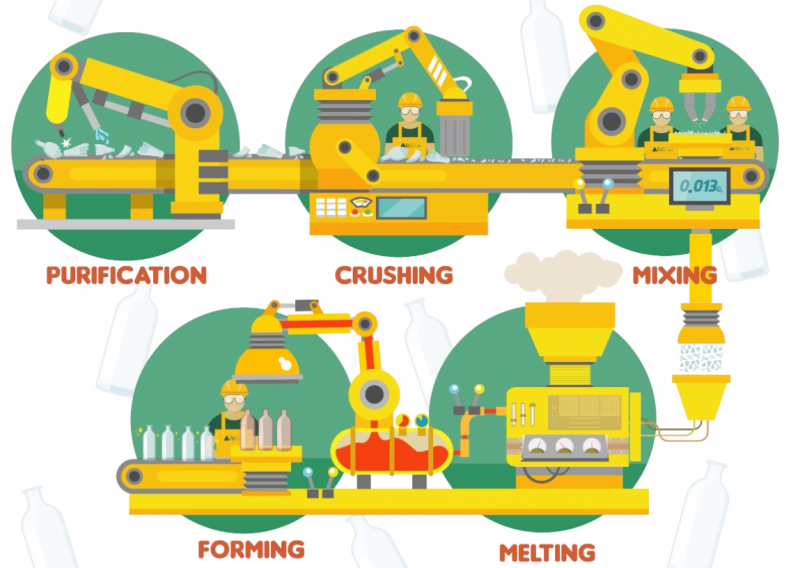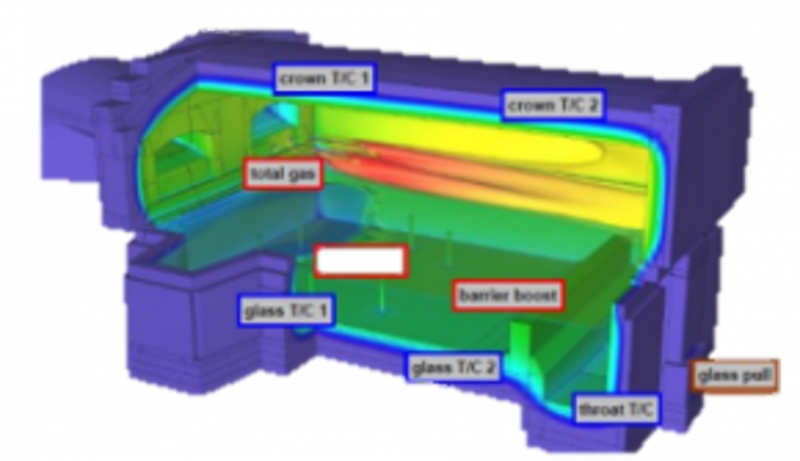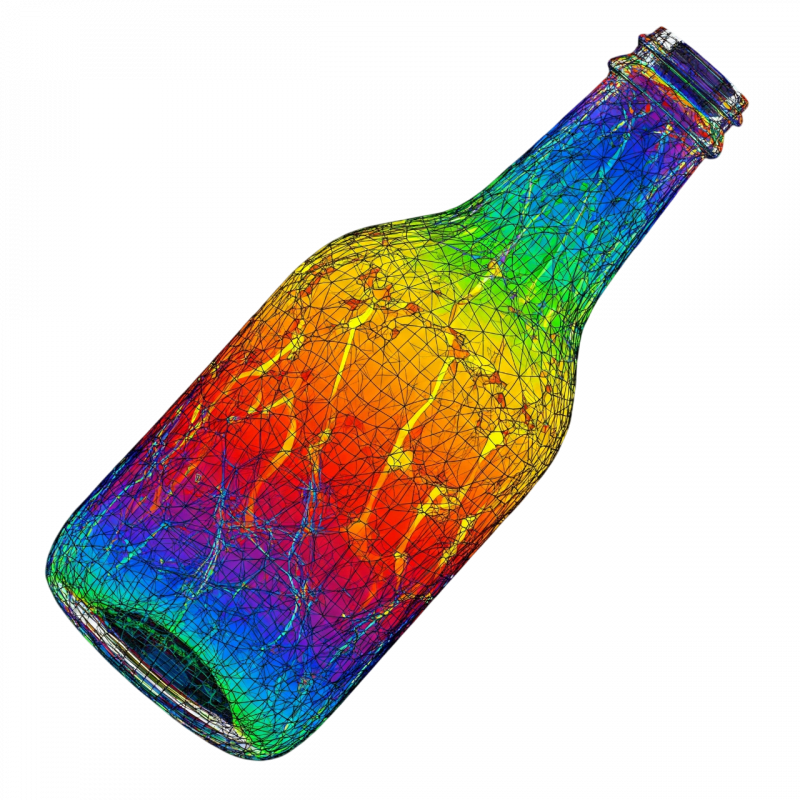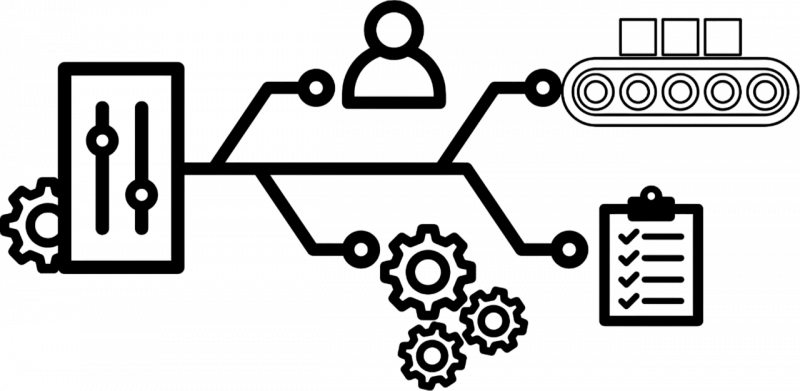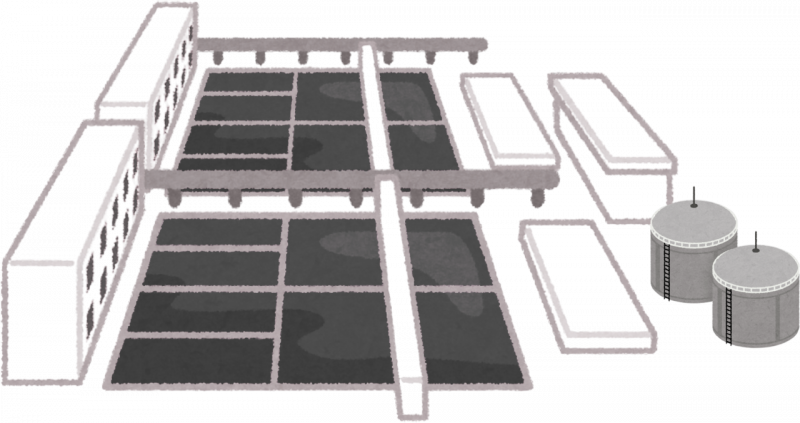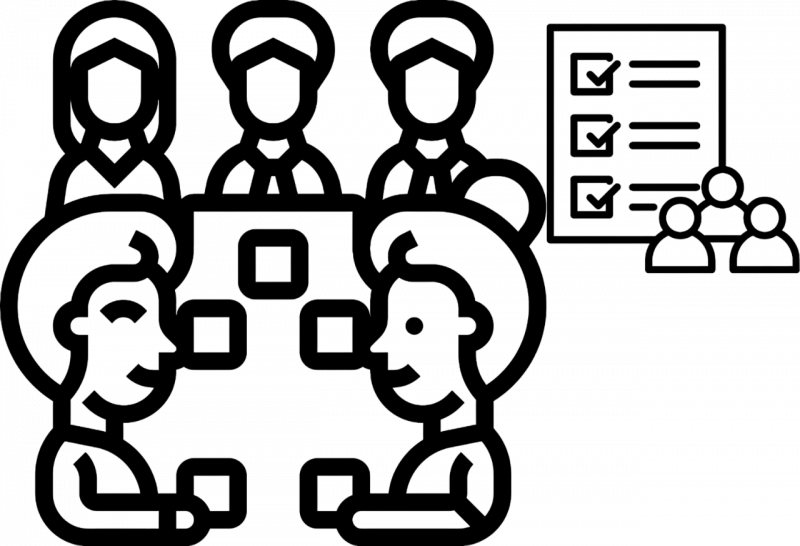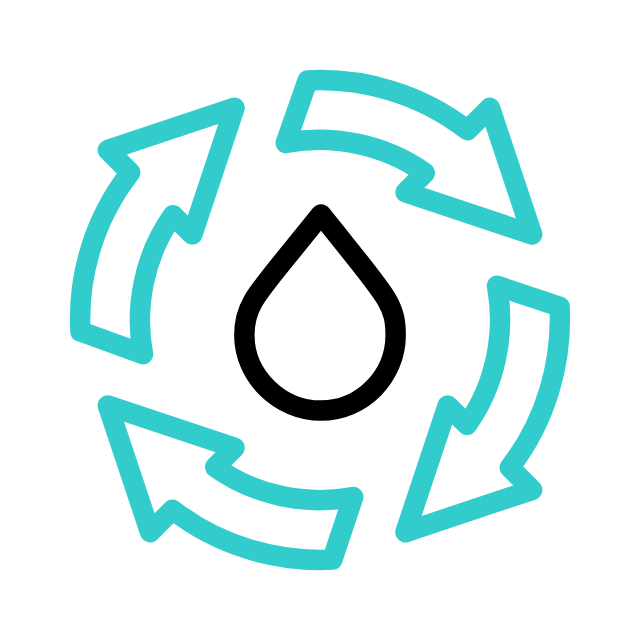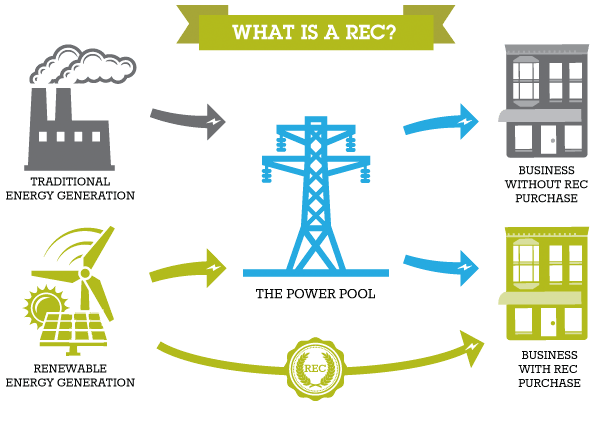
test
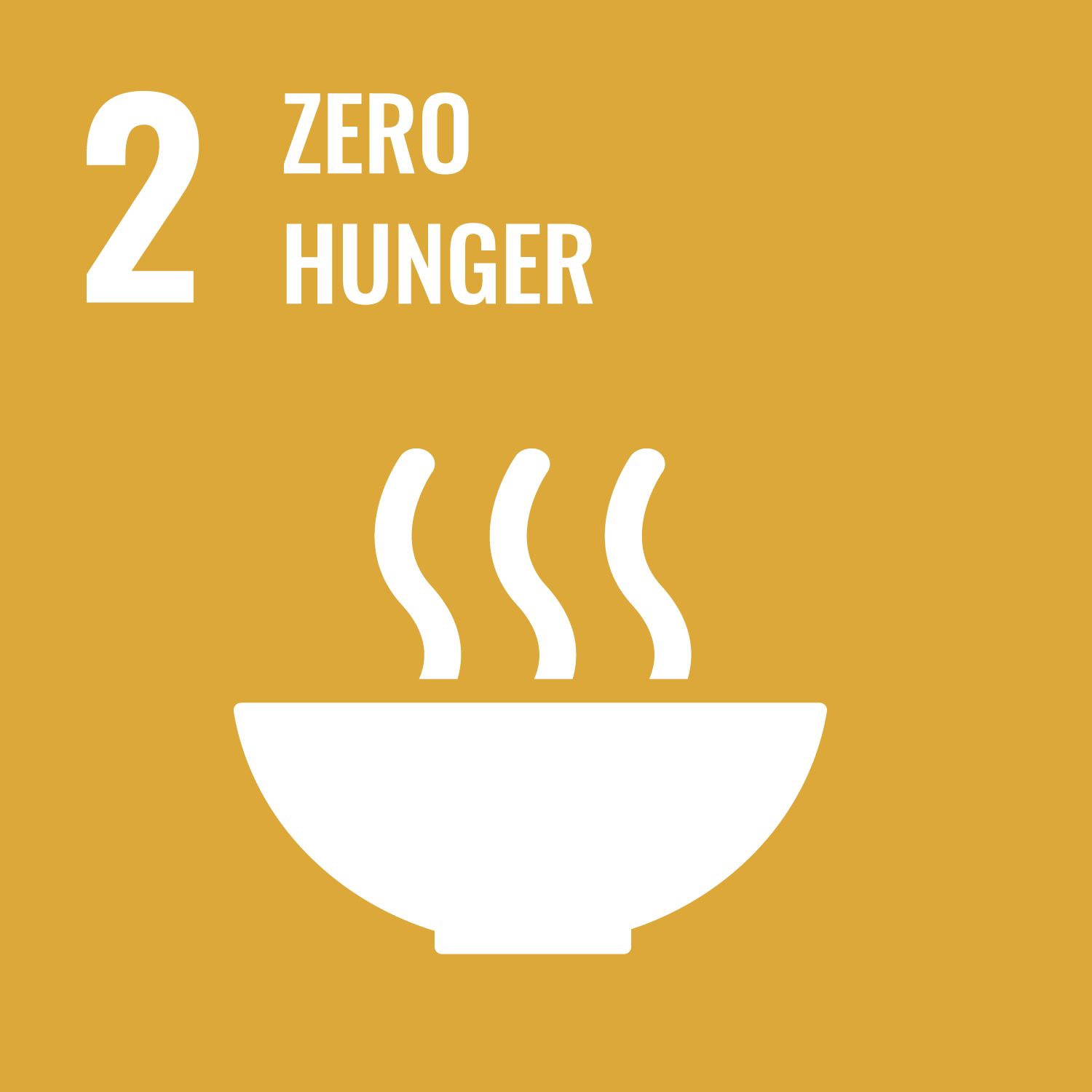
2 End hunger, achieve food security and improved nutrition and promote sustainable agriculture

goal 3
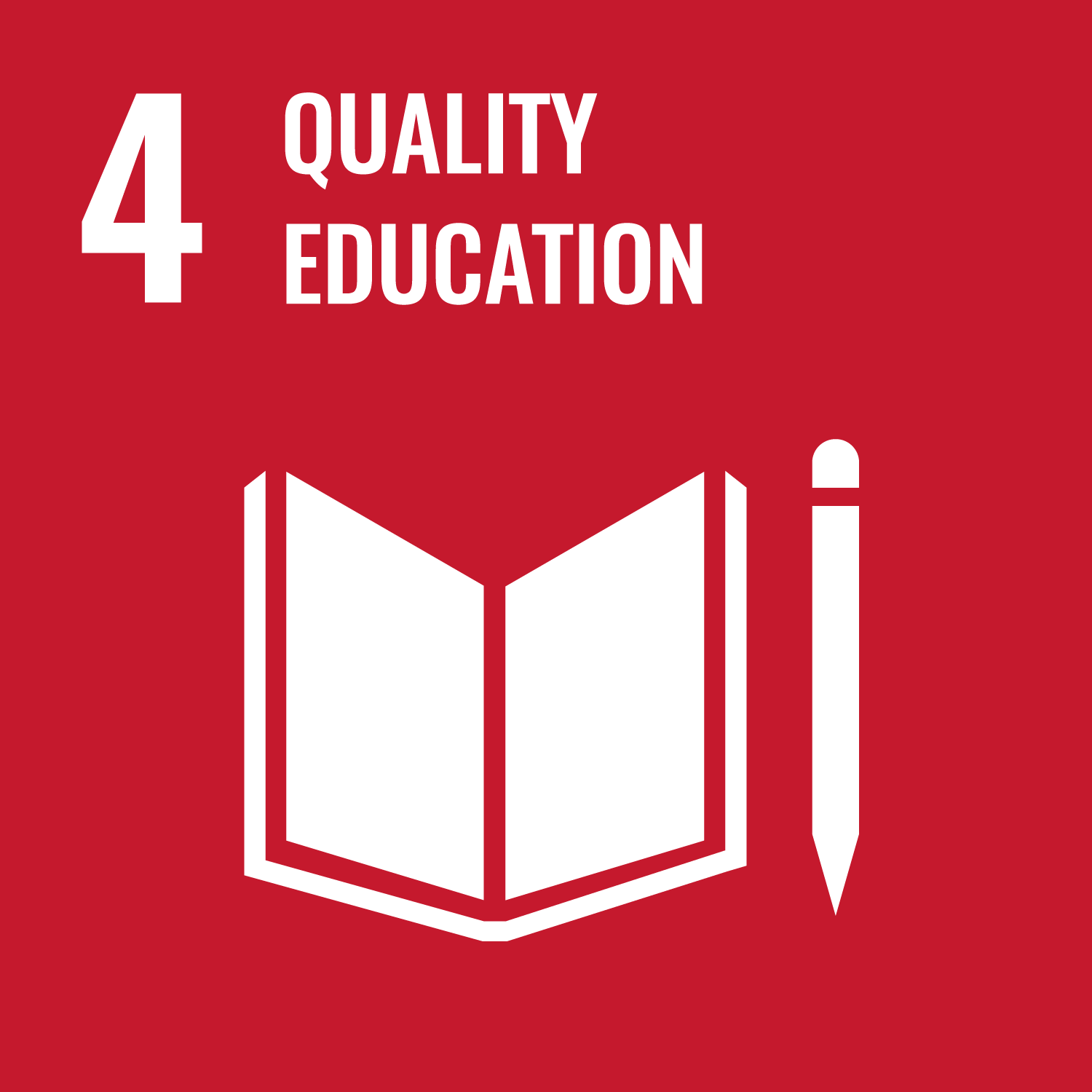
goal 4
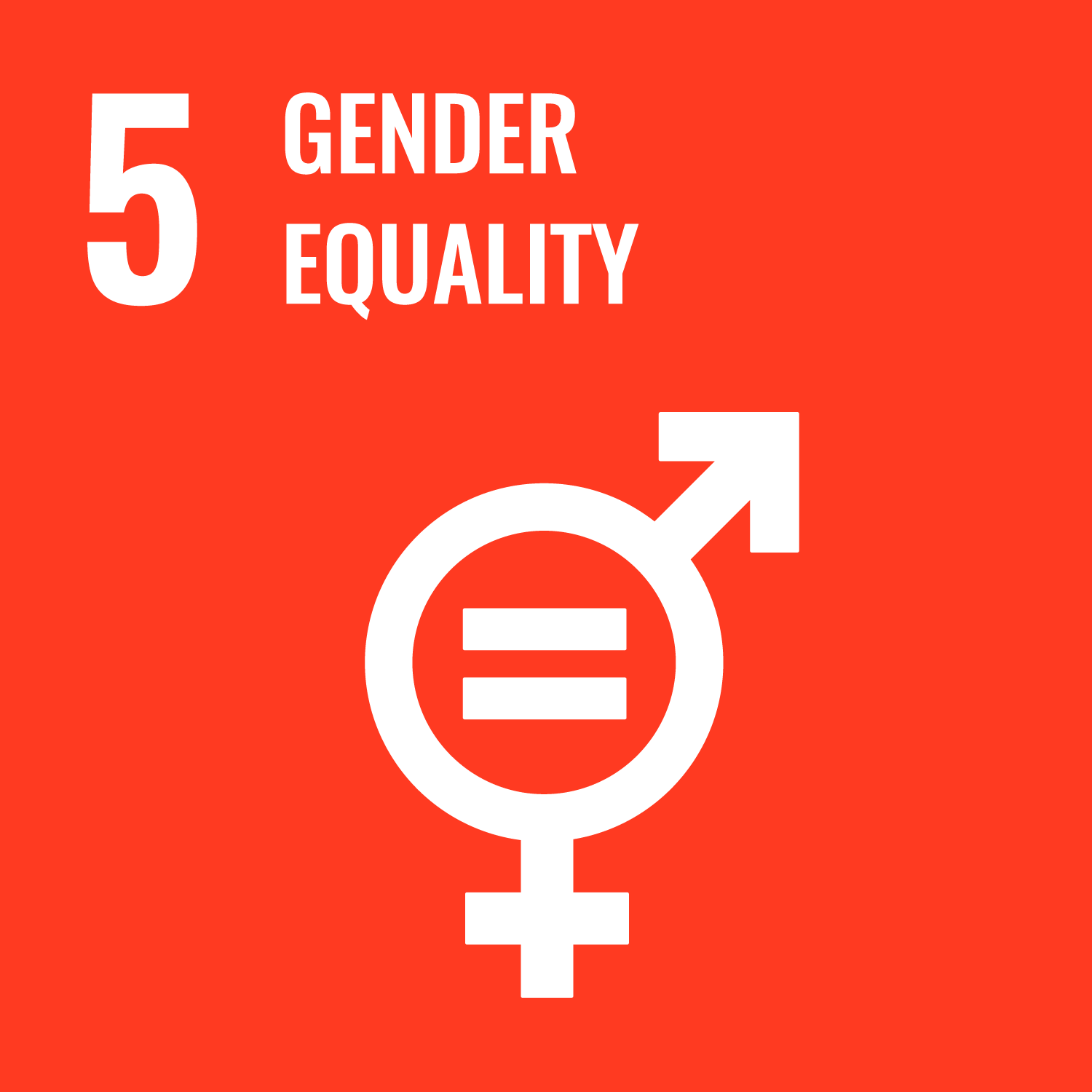
goal 5
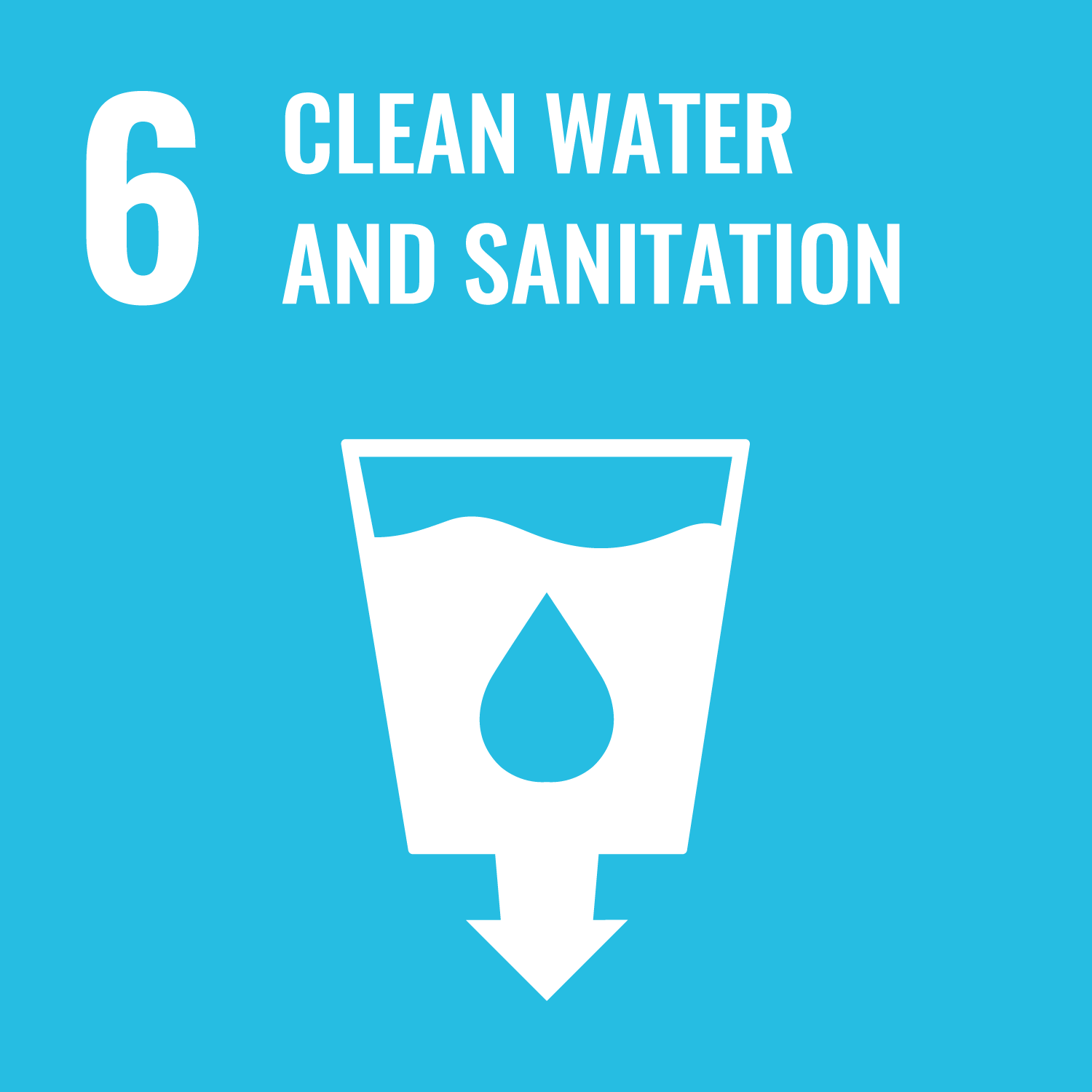
goal 6
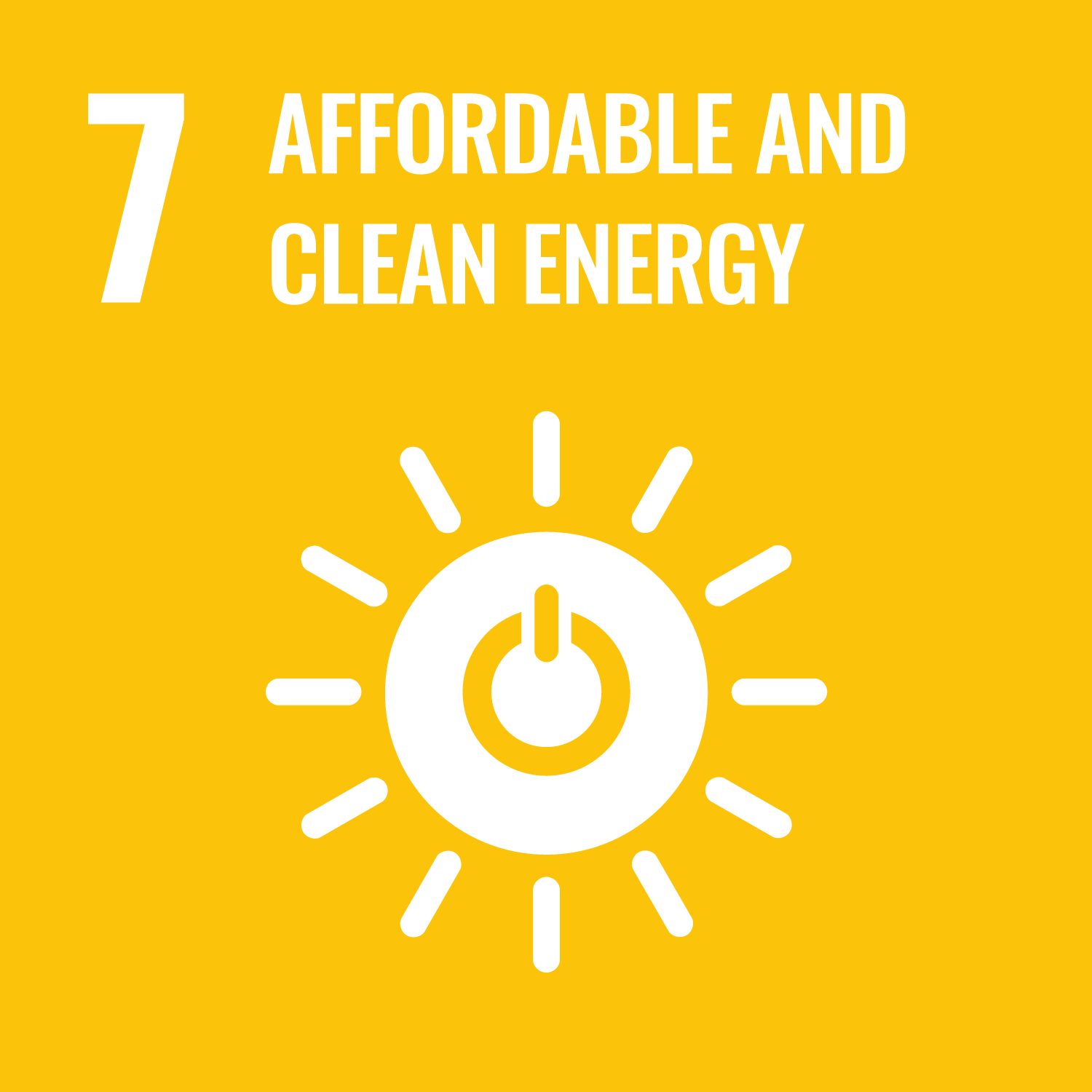
goal 7
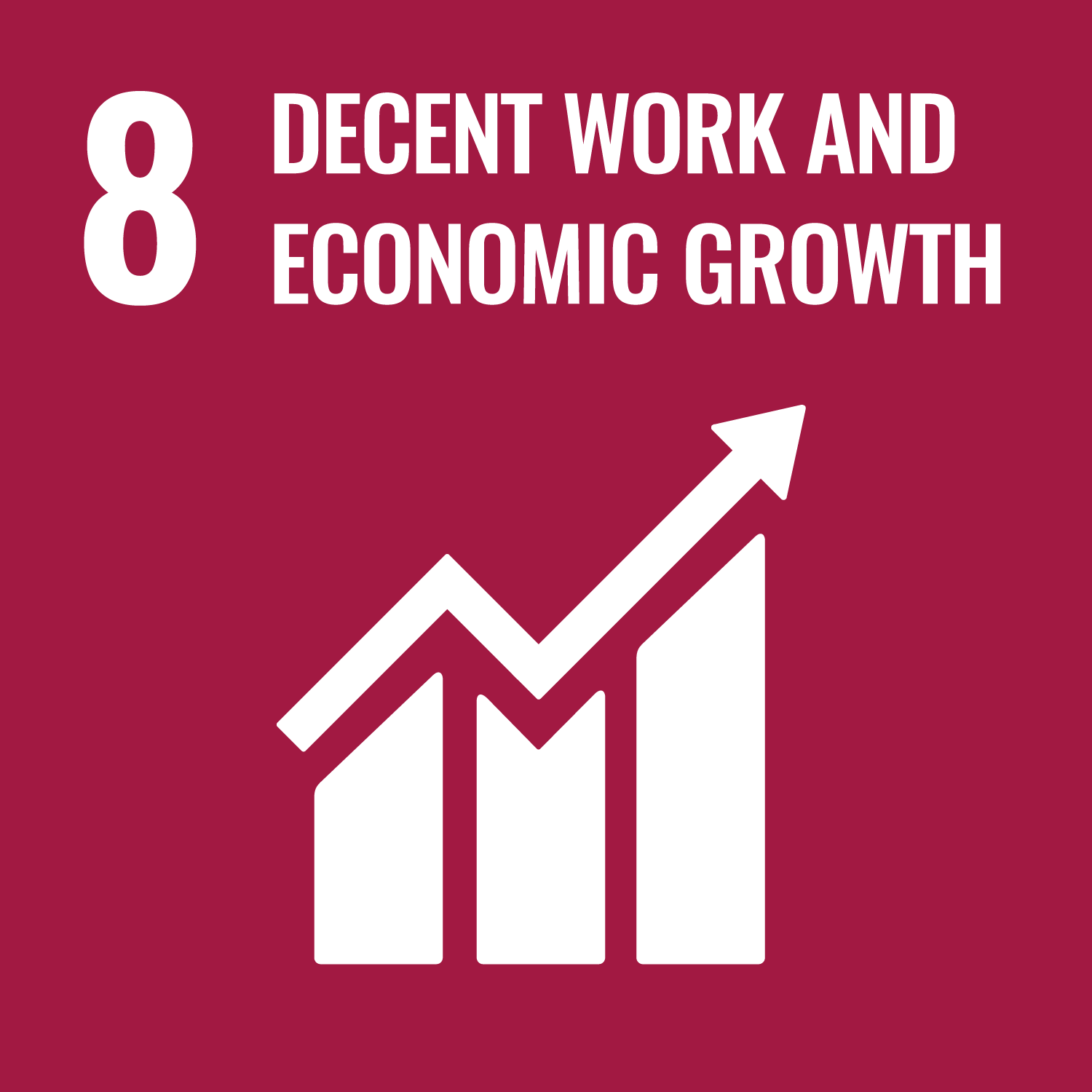
goal 8

goal 9
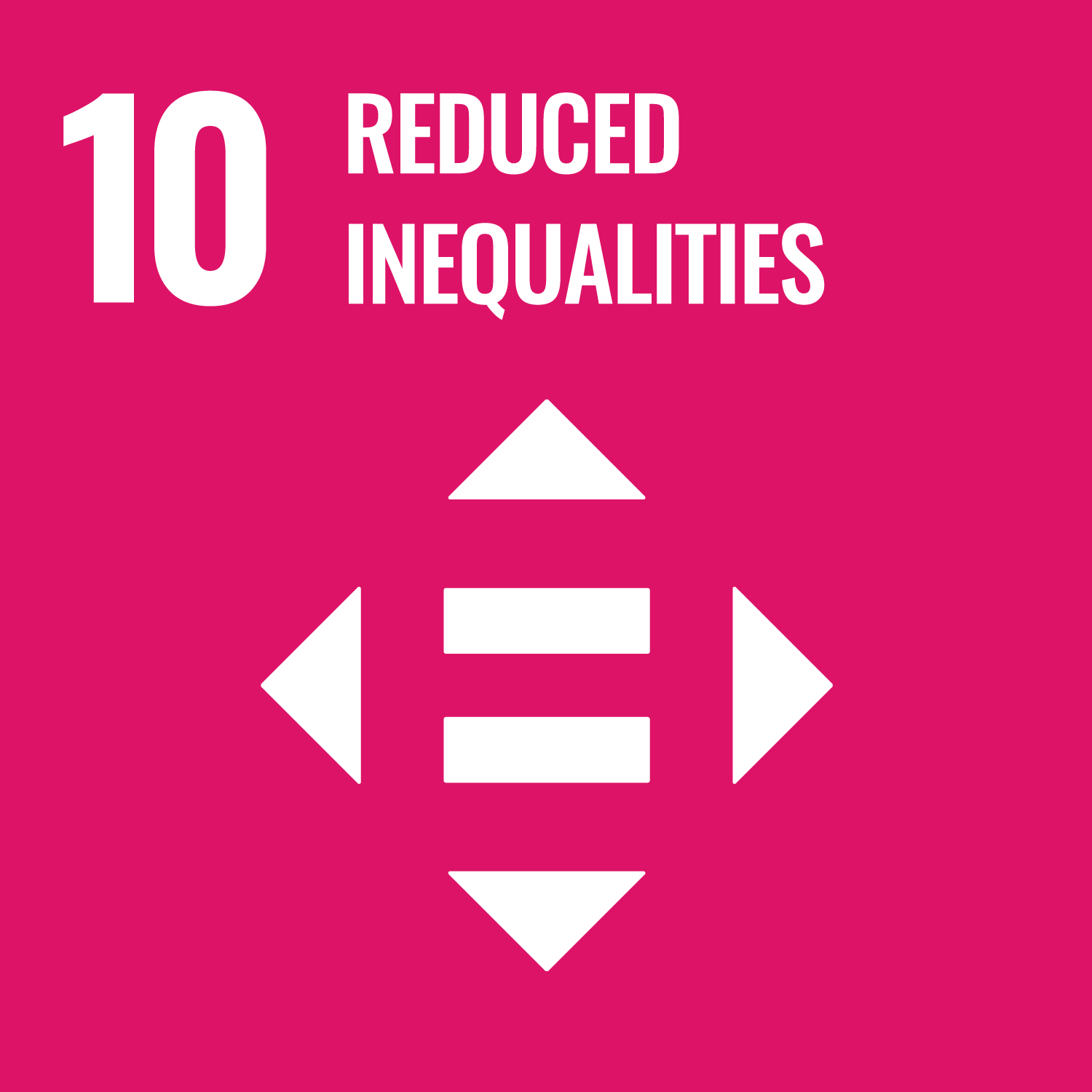
goal 10
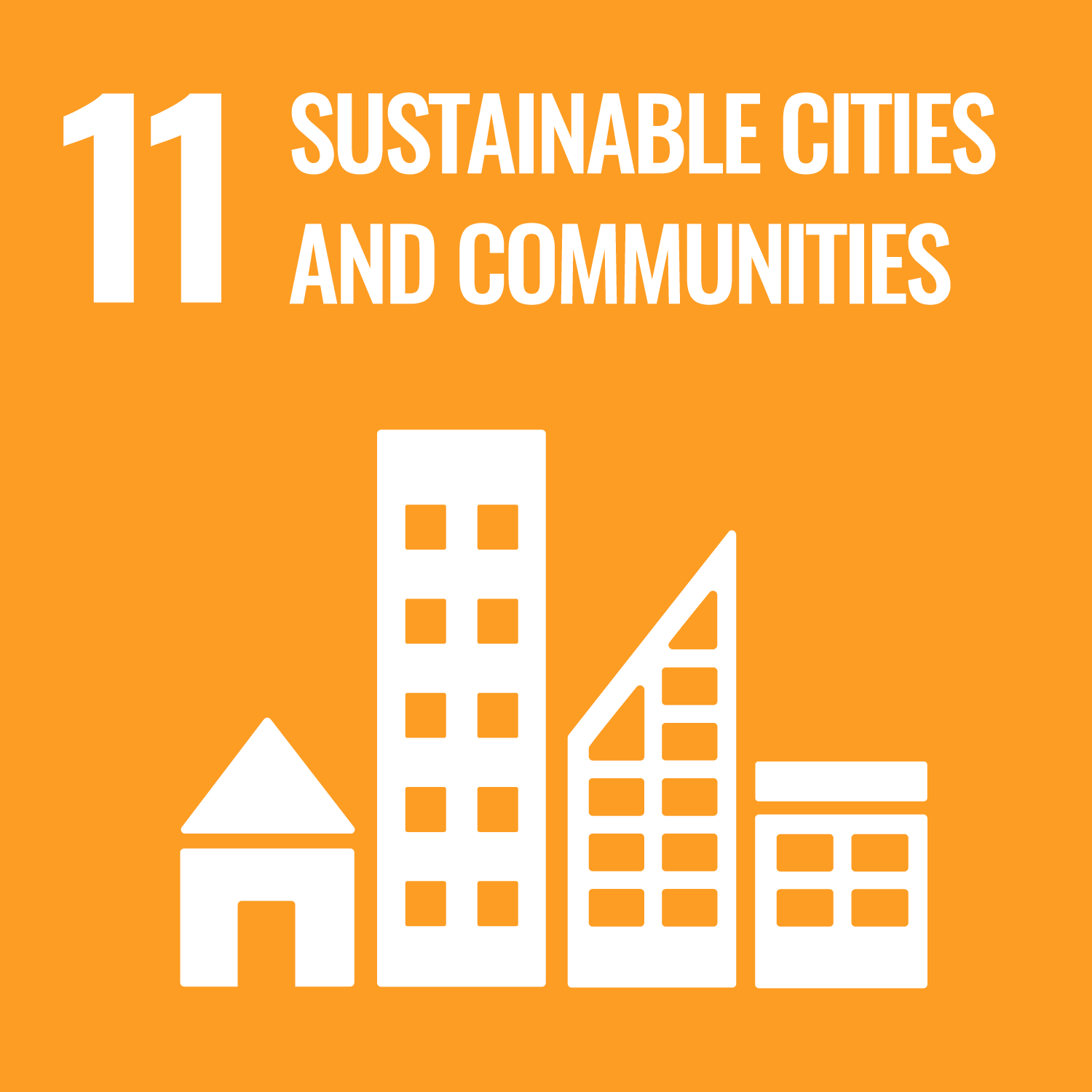
goal 11
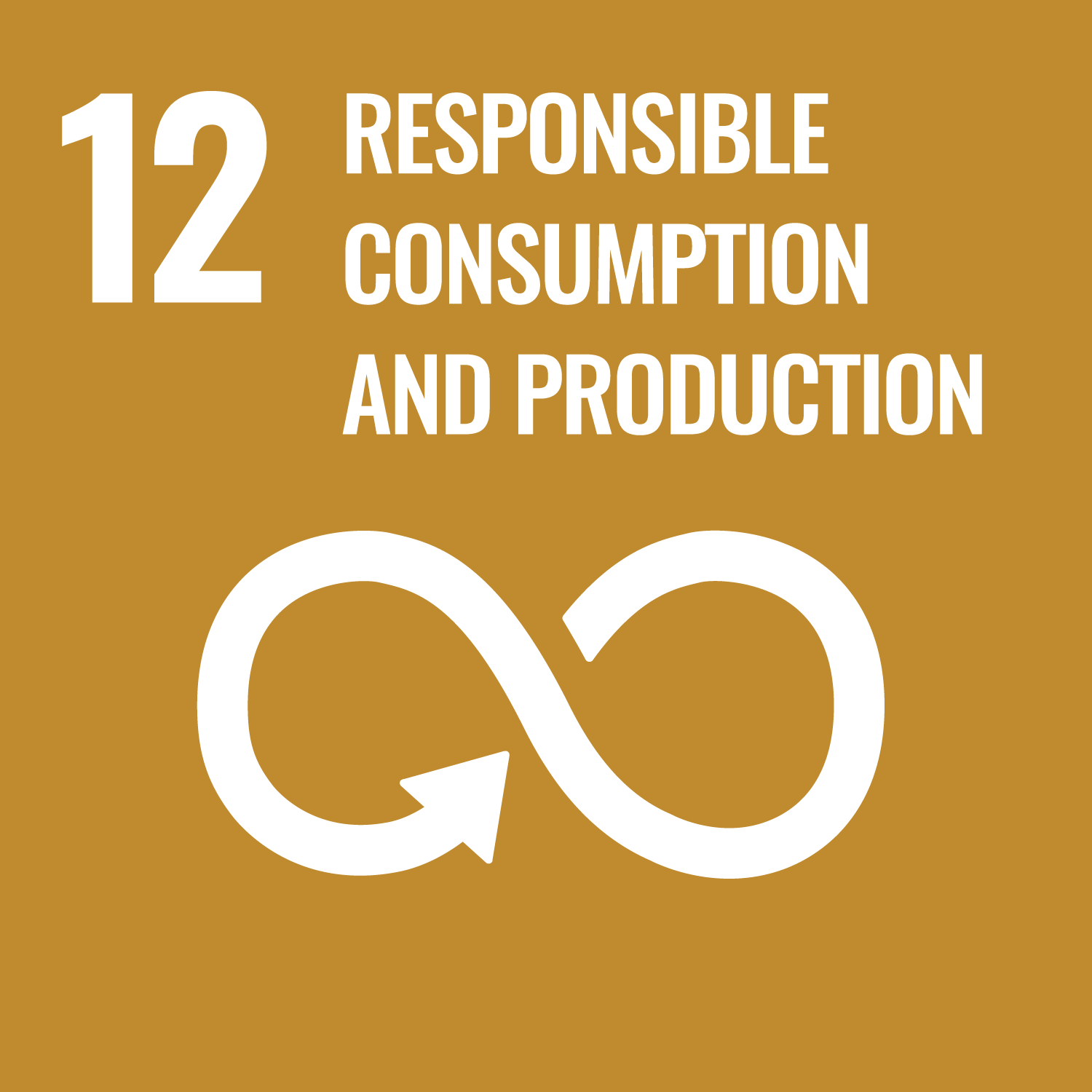
goal 12

goal 13
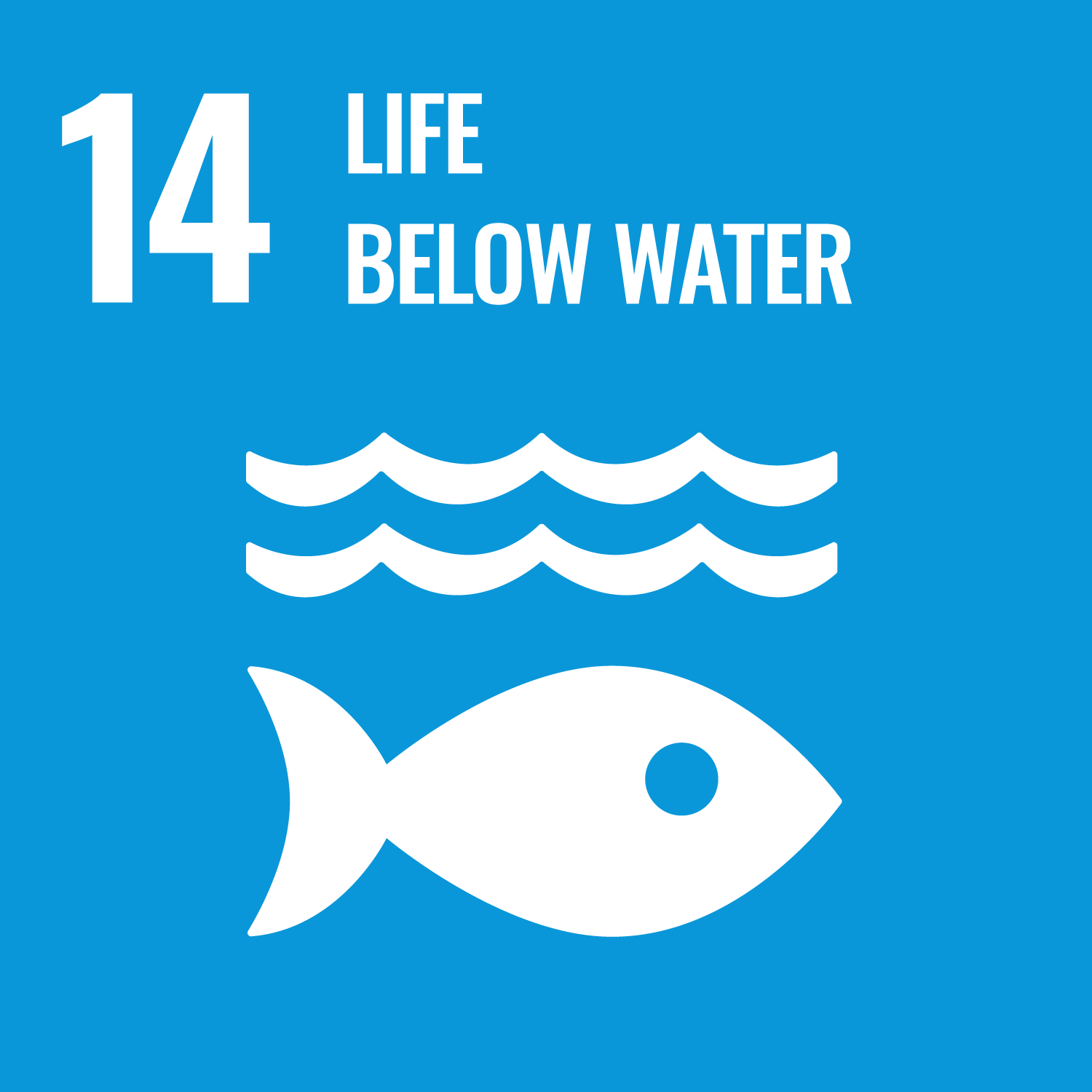
goal 14
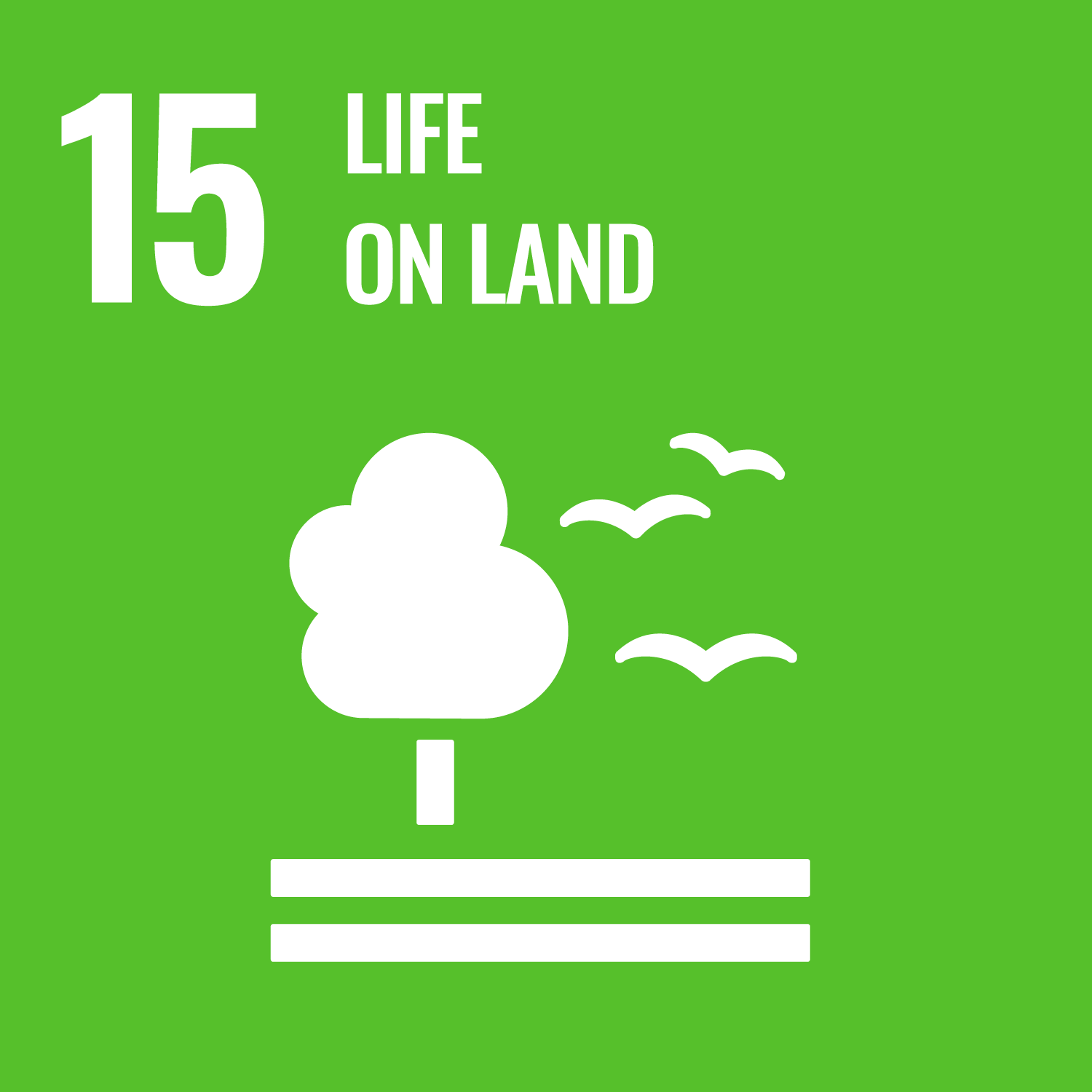
goal 15

Goal 16
16.3: Promote the rules of law and the national and international levels and ensure equal access to justice for all.
16.5: Substantially reduce corruption and bribery in all their forms
16.7 Ensure responsive, inclusive, participatory and representative decision-making at all levels
16.b: Promote and enforce non-discriminatory laws and policies for sustainable development

Goal 17
CLIMATE CHANGE
GHG EMISSIONS REDUCTION TARGETS
| Long-term Targets | 2032 |
| Reduce Emission (Scope1 & 2) from base year (2021) by | 15% |
| Reduce Emission (Scope 3) from base year (2022) by | 10% |
| Net Zero by | 2050 |
Climate change, driven by rising greenhouse gas emissions from human activities, is one of the most pressing global challenges of our time. Its impacts, ranging from more frequent and severe weather events to disruptions in agricultural productivity and biodiversity loss, pose significant risks to ecosystems, economies, and communities worldwide. As a result, businesses and organizations across various sectors are increasingly recognizing the urgency to adopt sustainable practices and mitigate their environmental footprint.
Berli Jucker Public Company Limited (BJC), a leading corporation in Thailand with diverse operations spanning manufacturing, packaging, consumer products, and retail, is at the forefront of corporate sustainability efforts. Committed to addressing climate change and promoting environmental stewardship, BJC has set ambitious greenhouse gas (GHG) reduction targets aligned with the Science Based Targets initiative (SBTi). These targets are part of a broader strategy to reduce emissions in line with the latest climate science to help limit global warming to 1.5 degrees Celsius above pre-industrial levels.
BJC's GHG reduction targets are publicly committed and the company is actively seeking validation from the SBTi, ensuring that their goals are scientifically sound and contribute effectively to global climate action. Through these efforts, BJC aims to not only mitigate its environmental impact but also inspire other businesses to undertake similar commitments, thereby driving collective progress towards a more sustainable future. BJC has implemented a comprehensive sustainability strategy. This strategy includes initiatives aimed at reducing greenhouse gas emissions, conserving natural resources, and enhancing the resilience of its supply chain and operations. Through innovative projects and a commitment to sustainable development, BJC is contributing to the global effort to combat climate change while fostering economic growth and community well-being.
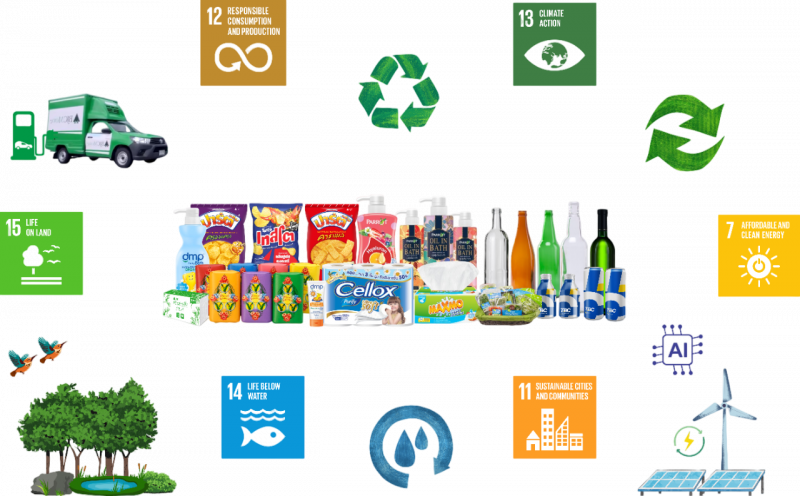
Climate Change Governance
BJC recognized the importance of governance as a key driver to achieve the set goals to solving the issue of global warming. Therefore, BJC’s Board of Directors has appointed the Sustainable Development Committee to supervise the sustainability operations of the company group, which includes climate change operations as a part of sustainable operations. Hence, the Sustainable Development Committee has a responsibility to manage and oversee operations that are related to climate change. For instance, establishing strategies, targets, as well as related operations and their results.
In addition, the Board has instituted a Risk Management Committee, dedicated to overseeing and establishing a comprehensive framework for enterprise risk management, particularly focusing on sustainability or environmental, social, and governance risks (ESG). Significant risks at the corporate level are analyzed to determine into business risk management, which enables, assesses, and monitors risk management effectively and presents to the Board of Directors' meeting.
Moreover, the management team, appointed by the company, bears accountability for the execution and realization of various climate change-related projects. Empowered to oversee, support, and make informed decisions, the management team ensures that all projects align with the company's strategic plans while considering the perspectives of relevant stakeholders.
Roles and Responsibilities of the Board of Directors, Committees, Sub-committees, and business groups are in operations for the climate change.
| Board of Directors | ||||||||||||||
|
• Approves climate-related policies and oversees overall climate strategy and risk management. • Reviews quarterly reports from relevant committees to ensure proper oversight. • Regularly includes climate-related issues in board agendas to ensure focused attention. • Top-down communication of climate-related incentives reflects company-wide commitment. |
||||||||||||||
|
Sustainable Development Committee |
|
Risk Management Committee |
||||||||||||
|
|
|
|||||||||||||
|
Sustainable Development Subcommittee |
|
Risk Management Subcommittee |
||||||||||||
|
|
|
|||||||||||||
|
Management Board
|
||||||||||||||
|
Business Groups and Departments
|
||||||||||||||
Climate Change Strategy
To safeguard BJC operations against the adverse effects of climate change, and limit BJC negative contribution towards climate change, BJC has adopted a sustainable business practice, guided by the corporate wide Climate Change Strategy, integrating environmental and social considerations into all operations. The Company aspires to become a green industry through implementing the following initiatives:
|
1 |
|
2 |
|
3 |
|
Educate and Raise Awareness Among Employees About Climate Change
|
Conduct Assessment to Identify Opportunities and Risk to Planned Work to Appropriately Address Climate Change, by Integrating Climate Change Risk into Corporate Risk Management and Conduct Risk management and Assessment through BJC's Central Computer Network |
Prioritize BJC's energy consumption by increasing the proportion of clean energy consumption to reduce greenhouse gas emission
|
Climate change strategy and climate related target approved by the Sustainable Development Committee, and overseen by the Sustainability Sub-Committee, is applied to all employees, encouraging strategic mitigation and adaptation to BJC’s business operates. Thereby, it ensures BJC’s business resilience both in current and new market environment. This is achieved through, establishing corporate-wide ambitious climate targets, assessment, budget, and responsibilities to implement the Climate Change Strategy. BJC further provides knowledge training and fostering awareness about climate change amongst employees, integrates climate change considerations into the company’s enterprise risk management program to consider risks and opportunities associated with climate change. Furthermore, BJC has integrated sustainability and climate-related incentive into the CEO and president’s performance assessment.
Climate Change Risk and Opportunities Identification and Assessment
BJC has various operational plans to assist in maintaining and mitigating the impacts of climate change. BJC supports the United Nations Framework Convention on climate change to limit the average global temperature increase to less than 2 degrees Celsius, trying to limit under 1.5 degrees Celsius. BJC is also committed to disclose information in accordance with guidelines by the Task Force on Climate-Related Financial Disclosure (TCFD), established by the Financial Stability Board (FSB) in response to the Paris Agreement. This complies with a four-core framework, namely, Governance, Strategy, Risk Management, and Metrics and Targets, which is a reliable and clear report on climate-related financial risks assessment and reporting. It also gives advice on how to focus climate-related risks and opportunities management and communicate to BJC’s Stakeholders.
| Businesses | Retail | Consumer | Packaging | Healthcare & Technical |
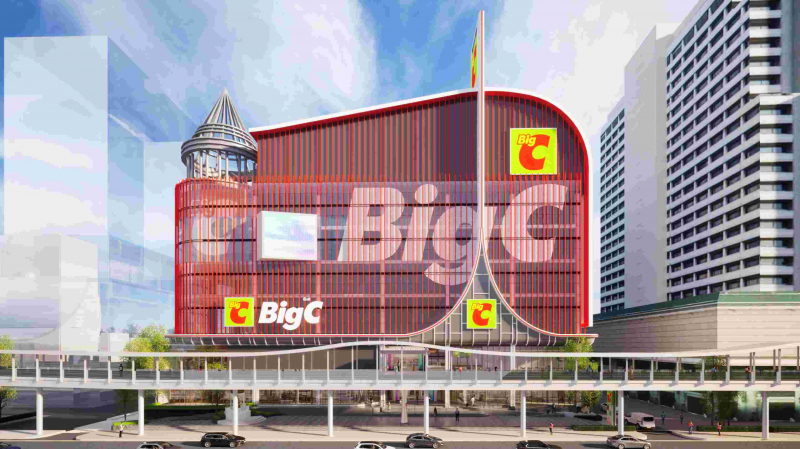 |
 |
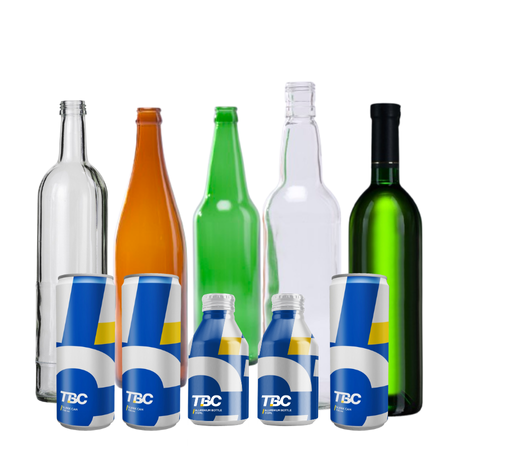 |
 |
|
|
Company name |
|
|
|
|
|
Asset’s type |
|
|
|
|
|
Location |
|
|
|
|
The risk assessment and mitigation and adaptation plan to adapt to physical climate risks cover in the scenario analysis covers 4 of BJC’s key supply chains, namely packaging supply chain, consumer supply chain, and modern retail supply chain, healthcare and technical supply chains, which accounts for 100% of total revenue. Because risk assessment enables BJC to identify and anticipate both positive and negative effects of climate change, BJC is able to take suitable action to avoid and mitigate negative consequences while maximizing positive consequences for our company. The risk assessment and mitigation and adaptation plan to adapt to physical climate risks covers 100% of all new operations, ensuring a successful transition to lower the company’s emissions.
For more information► Climate Change Management Report
|
Core elements of recommended climate-related financial disclosures
|
|
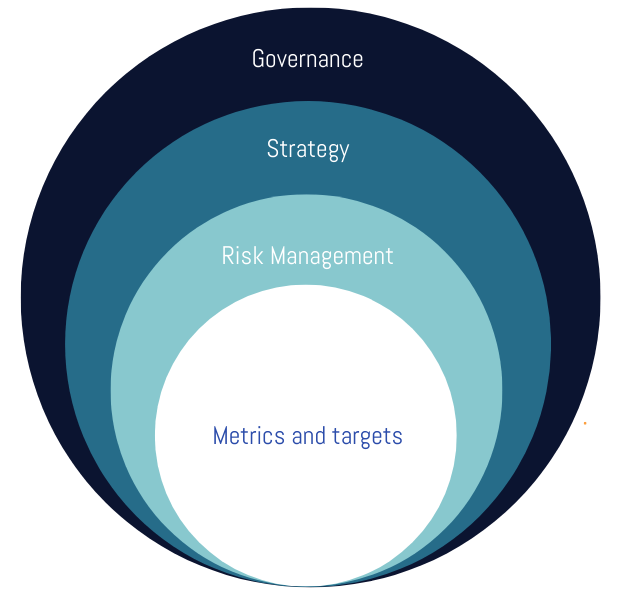 |
Governance |
| The organisation's governance around climate-related risk and opportunities. | |
| Strategy | |
| The actual and potential impacts of climate-related risks and opportunities on the organisation's businesses, strategy and financial planning. | |
| Risk Management | |
| The processes used by the organisation to identify, assess and manage climate-related risk. | |
| Metrics & Targets | |
| The metrics and targets used to assess and manage relevant climate-related risk and opportunities. | |
Climate Change Initiative Highlight
BJC's standpoint on climate change is that it constitutes a critical and urgent global challenge that demands decisive corporate action. The company fully integrates technology, innovation, and the principles of the circular economy to reduce greenhouse gas emissions across our operation and value chain and to achieving net-zero emissions, transition to clean and renewable energy sources, and enhance resilience through proactive risk management strategies.
|
GlassCycle |
► "Glass is Good to Make the World Green" |
|||
|
The glass industry is one of the most energy-intensive industries and a significant source of greenhouse gas (GHG) emissions. The GlassCycle project effectively integrates the concept of glass production that addresses sustainability concerns in alignment with ESG principles with the Circular Economy model, encompassing the entire lifecycle of glass bottles.
Through this initiative, we have found that every 10% increase in cullet (recycled glass) usage reduces energy consumption by 3% and lowers greenhouse gas emissions by 5%. Since the project's inception, we have achieved a reduction of over 17,490,000 kg CO₂
|
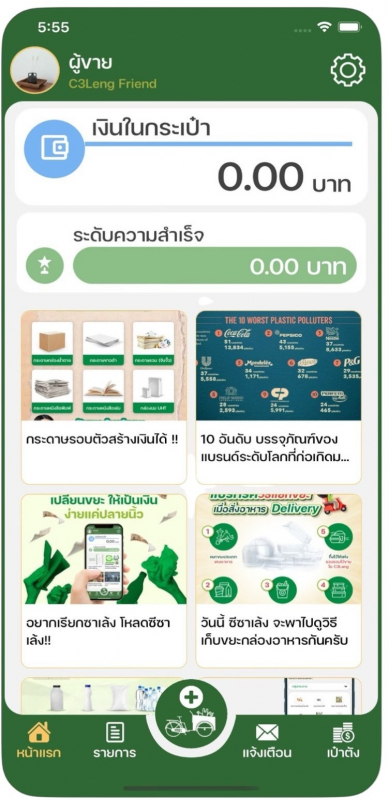 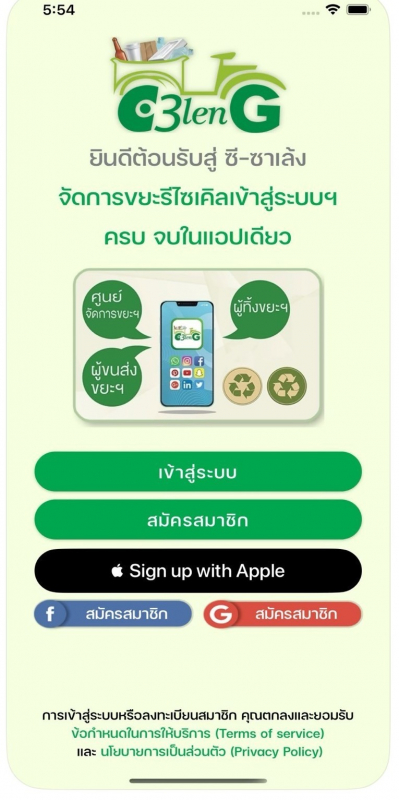 |
► C3Leng Application for Waste/Raw Material Collection A digital platform designed to connect local waste collectors, businesses, and recycling centers in real-time. The application enables efficient route planning, volume tracking, and incentive systems for community participants. more.. |
||
|
|
► Advanced Furnace Technology ESIII Smart Glass Furnace System, which optimizes energy efficiency during the glass melting phase. This system adjusts combustion parameters dynamically, ensuring optimal thermal performance while reducing unnecessary energy expenditure. more.. |
|||
|
|
► Sustainable Product Design Lightweight glass, a glass bottle designed to reduce the quantity of raw materials used per unit, lower fuel consumption during transportation, and enhance recyclability—all without compromising strength or product quality. more.. |
|||
Other Initiatives to Address Climate Change
At BJC, we recognize the urgent need to address climate change and its far-reaching impacts on business, society, and the environment. As a leading conglomerate with diverse operations across retail, packaging, healthcare, and supply chain, we are committed to reducing our greenhouse gas (GHG) emissions and promoting sustainable practices throughout our value chain. Our climate-related initiatives focus on improving energy efficiency, expanding the use of renewable energy (such as solar power), minimizing waste, enhancing sustainable logistics, and engaging suppliers and stakeholders in collective action. These efforts align with our long-term sustainability strategy and contribute to national and global climate goals, including Thailand’s climate commitments and the United Nations Sustainable Development Goals (SDGs).
|
Our Operations |
Action |
|||||||||||||||||
|
|
Machine Improvement |
► Replace outdated machines with high-efficiency models. More.. ► Install Controls and Automation. More.. |
||||||||||||||||
|
|
Process Optimization |
► Implement IoT and AI-based systems for real-time energy monitoring and predictive maintenance. More.. ► Integrate lean and green practices to reduce material waste and emissions. More.. |
||||||||||||||||
|
|
Avoiding Energy Loss |
► Insulate steam lines, hot surfaces, cold storage areas, and building envelopes to reduce heat ► Recover Waste Energy More.. |
||||||||||||||||
|
|
Transition to Low-Carbon Energy Sources |
► Install rooftop solar PV systems on warehouses, factories, and retail. More.. ► Procure green electricity via RECs or direct Power Purchase Agreements (PPAs). More.. |
||||||||||||||||
|
|
Waste and Water Management |
► Minimize operational waste through recycling, reuse, and reduction programs. More.. ► Treat and reuse water to reduce consumption and wastewater emissions. More.. |
||||||||||||||||
|
|
GHG Accounting & Disclosure |
► Report via CDP, TCFD, or sustainability reports. More.. ► Integrating Carbon Footprint of Products (CFP) in Production. More.. |
||||||||||||||||
|
Our Supply Chain
|
Action
|
|||||||||||||||||
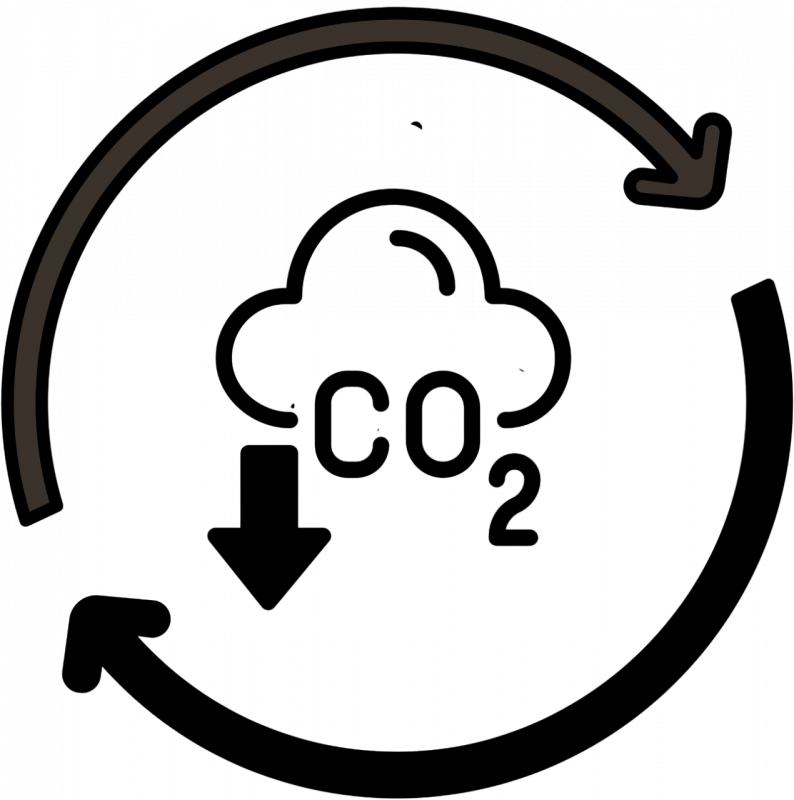 |
Carbon Removal |
► Reforestation for Carbon Sequestration and Ecosystem Restoration. More.. ► Agricultural Soil Carbon Sequestration. More.. |
||||||||||||||||
 |
Promoting Sustainable Energy Sources |
► Implement IoT and AI-based systems for real-time energy monitoring and predictive maintenance. More.. ► Integrate lean and green practices to reduce material waste and emissions. More.. |
||||||||||||||||
|
|
Supplier Training and Assessment |
► Integrates climate performance into procurement decisions. More.. ► Training suppliers on climate change and GHG reduction. More.. |
||||||||||||||||
|
|
Sustainable Waste Management |
► Reduction in waste sent to landfill or incineration without energy. More.. ► Promoting reuse, recycle, and extended producer responsibility to reduce waste and mitigate climate |
||||||||||||||||
Greenhouse Gas (GHG) Emission Performance
| Scope 1 Direct GHG Emissions | Detail | ||
|
Mobile combustion |
GHG emissions resulting from the burning of fossil fuels in mobile sources that are owned or controlled by the reproting company such as vehicles, airplanes, ships, and trains. It includes the combustion of fuels like gasoline, diesel, and aviation fuel. |
||
|
Stationary combustion |
GHG emissions from the burning of fossil fuels in stationary sources that are owned or controlled by the reporting company like power plants, industrial boilers, residential heating systems, and commercial furnaces. This includes the combustions the combustion of fuels such as coal, oil, natural gas, and biomass. |
||
|
Fugitive emissions |
GHG emissions that occur during the production, processing, transportation, storage, and use of fossil fuels or other industrial processes that are owned or controlled by the reporting company. These emissions can come from leaks in air conditioning system, pipelines, storage tanks, or equipment's. |
||
|
In boundary waste treatment |
GHG emissions that occur during the process of waste and wastewater treatment that are owned or controlled by the reporting company. |
||
|
Other direct emissions |
Other emissions include emissions from certain industrial and agriculture processes. |
||
| Scope 2 Indirect GHG Emissions | Detail | ||
|
Perchased electricity |
GHG emissions from the generation of perchased electricity that is consumed in its owned or controlled equipment or operations. |
||
|
Perchased stream |
GHG emissions from the generation of perchased stream that is consumed in its owned or controlled industrial processes. |
||
|
Greenhouse Gas (GHG) Emissions |
2021 | 2022 | 2023 | 2024 | Target for 2024 | |
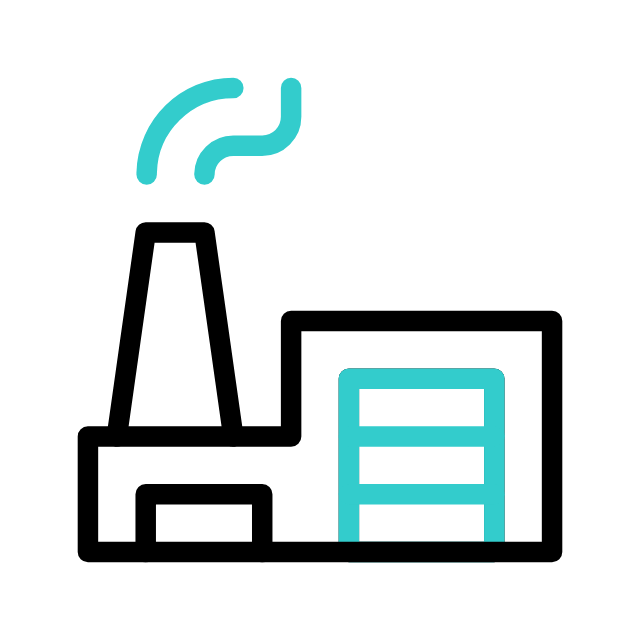 |
Total Direct GHG Emissions (Scope 1) (Metric tonnes CO2 equivalents) |
620,972 |
660,390 |
622,571 |
580,320 |
620,000 |
|
Biogenic Emission (Metric tonnes CO2 equivalents) |
101 |
177 |
451 |
454 |
|
|
|
Intensity (Metric tonnes CO2e per Operation) |
392.03 |
397.11 |
350.15 |
315.91 |
340.00 |
|
|
Intensity (Metric tonnes CO2e per Revenue) |
4.01 | 4.39 | 4.03 | 3.68 | ||
 |
Indirect GHG Emissions (Scope 2): Location-based (Metric tonnes CO2 equivalents) |
616,367 |
612,723 |
618,244 |
644,573 |
615,400 |
|
Intensity (Metric tonnes CO2e per Operation) |
389.12 |
368.44 |
347.72 |
350.88 |
334.78 |
|
|
Intensity (Metric tonnes CO2e per Revenue) |
3.98 | 4.08 | 4.00 | 4.09 | ||
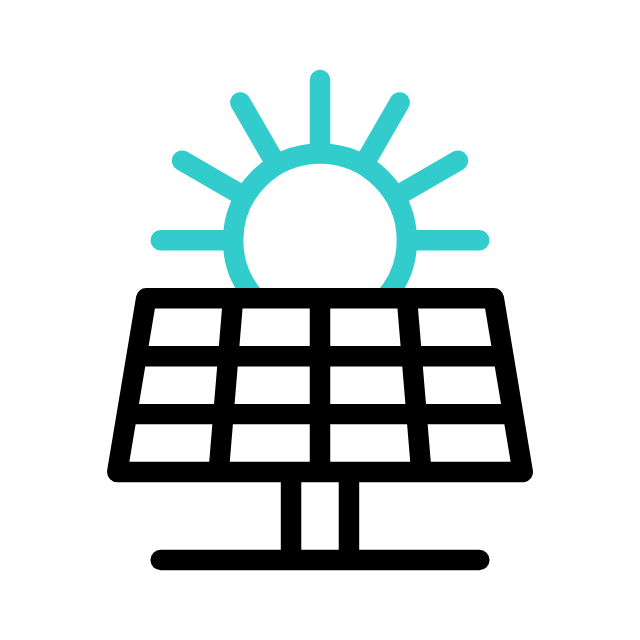 |
Indirect GHG Emissions (Scope 2): Market-based (Metric tonnes CO2 equivalents) |
648,593 |
643,497 |
633,322 |
620,543 |
622,000 |
|
Intensity (Metric tonnes CO2e per Operation) |
409.47 |
386.95 |
356.20 |
337.80 |
338.00 |
|
|
Intensity (Metric tonnes CO2e per Operation) |
4.19 | 4.28 | 4.09 | 3.93 | ||
| Intensity GHG Emissions (Scope 1+2) | 8.21 | 8.67 | 8.12 | 7.61 | ||
| (Metric tonnes CO2e per Revenue) | ||||||
| Total Data Coverage (as % of Denominator) |
89.98 |
91.37 |
91.42 |
91.81 |
|
|
Remark: The revised data replaces previously published figures and will serve as the new baseline for performance tracking and future target assessments.
Total direct GHG emissions (Scope 1) refer to the greenhouse gases generated from emission sources owned or controlled by BJC and its subsidiaries, which include emissions from:
-
Combustion: Mobile fuel combustion, and Stationary fuel combustion (excluding biogenic emissions).
-
Fugitive sources: Use of refrigerants, wastewater treatment plants, and other facilities.
Total indirect GHG emissions (Scope 2) refer to the greenhouse gases emitted as a result of BJC Group's activities, even though the emission sources are owned or controlled by other entities. BJC Group has set a target for Indirect GHG Emissions (Scope 2) using a market-based approach. Generally, this includes emissions from:
-
Electricity purchased
-
Steam purchased
**BJC has revised its indirect greenhouse gas (GHG) emissions (Scope 2) data for the years 2021 to 2023 to reflect improved data accuracy, updated methodologies, and updated emission factors in line with the latest national and international guidelines. These revisions ensure more accurate and transparent reporting of emissions.
For more details on sustainability performance, please refer to Sustainability Performance Report 2024
Direct Greenhouse Gas Emissions (Scope 1)
| 2024 | 580,320 | |||||
| Year |
|
|||||
| 2023 | 622,571 | |||||
|
|
||||||
| 2022 | 660,390 | |||||
|
|
||||||
| 2021 | 620,972 | |||||
(Metric tonnes CO2 equivalents)
Indirect Greenhouse Gas Emissions (Scope 2)
|
Market Based
|
||||||||||||||||||||||||||||||||||||||||||||||||||||||||||||||||||||||||||||||||||||||||||||||||||||||||||||||||||||||||||||||||||||||||||||||||||||||||||||||||||||||||||||||||||||||||||||||||||||||||||||||||||||||||||||||||||||||||||||||||||
(Metric tonnes CO2 equivalents)
Scope 3 GHG Emissions (Indirect emissions within the value chain)
Since 2023, BJC increased the importance of Scope 3 GHG emission management, as BJC continued to transition towards a more sustainable operations. As such, in order to increase corporate understanding, BJC conducted training for all BU, enabling a coherent understanding of scope 3 emission sources for a more accurate categorization and data collection for BJC to develop reduction initiatives. In 2024, BJC expanded the scope of its GHG scope 3 calculation and develope a centralized GHG emission data collection template across each of the 15 categories using a combination of revenue estimates and production data, enabling BJC to appropriately develop reduction initiatives in alignment with the corporate target to reduce 10% of scope 3 emissions by 2032. This target is also cascaded to each respective BU to achieve a common goal.
|
Scope 3 Emission |
Detail |
|
|
Purchased goods and services |
Purchased Goods and Services were calculated by including all goods and raw materials purchased for operational use. Activity data was collected separately for each business unit under operational control, including: BJC HQ, Big C and BIGC DC, BJC Move, BJL, BJF, CPC, RIL, TBC, TGI, TMG, and TSS. |
|
|
Capital goods |
Capital Goods emissions are estimated using a spend-based approach, which accounts for the upstream emissions from the production of long-term physical assets purchased by the company. |
|
|
Fuel and energy related activities |
Fuel and energy related activities category encompasses upstream greenhouse gas emissions associated with the production, processing, and delivery of fuels and energy purchased and consumed across BJC’s operations. It excludes direct emissions from fuel combustion (reported under Scope 1) and emissions from electricity consumption (reported under Scope 2). These are considered indirect emissions that occur prior to the point at which the fuel or energy reaches the organization. |
|
|
Upstream transportation and distribution |
Upstream transportation and distribution category covers the transportation of purchased goods and services (Category 1) and the transportation of products outsourced for delivery by the organization. Emissions are calculated using the distance-based method, which involves determining the mass, distance, and mode of each shipment, and then applying the appropriate mass-distance emission factor for the vehicle used. |
|
|
Waste generated in operations |
Emissions are calculated by Waste-type-specific method, which involves using emission factors for specific waste types and waste treatment methods, not including emissions from the transportation of waste are excluded from this category due to insufficient data to estimate emissions. |
|
|
Business Travel |
Emissions are calculated using the spend-based method, which involves determining the amount of money spent on each mode of business travel, including car rental, but excluding air and rail travel as well as accommodation due to insufficient data to estimate emissions. This amount is then multiplied by the corresponding emission factor per unit of spend.
|
|
|
Employee commuting |
Emissions are calculated using the distance-based method, based on available survey data on commuting modes and the distance traveled between employees’ homes and the workplace. The calculation multiplies the number of employees by their average one-way commuting distance, doubles this to account for round trips, applies the appropriate mass-distance emission factor for the vehicle used, and then multiplies the result by the number of working days per year, not including emissions from employee teleworking are excluded from this category.
|
|
| Upstream leased assets |
Emissions are calculated by Distanced-based method, which involves determining the mass and distance, then applying the appropriate mass-distance emission factor for the vehicle used. Excluding emissions from employee teleworking are excluded from this category due to staff working from home being a minority. |
|
| Downstream transportation and distribution |
Emissions are calculated by Fuel-based method, which involves determining or estimating the amount of fuel consumed and applying the appropriate emission factor for that fuel. Not including retail businesses are excluded from this category due to nonrelevant to downstream transportation and distribution. Only the transportation of finished products from manufacturing facilities to customers or distribution centers is included. Downstream transportation and distribution by company within BJC Group including BJC logistic and BJC Move are excluded from this category to avoid double counting at group level.
|
|
|
Processing of sold products
|
Processing of sold products is considered irrelevant to BJC's business because it sells a final product that does not undergo any additional processing before being sold to the end-user.
|
|
|
Use of sold products
|
In BJC’s calculation, GHG emissions from Category 11 (Use of Sold Products) are included in Category 1 (Purchased Goods and Services) for private label products, including glass and can packaging used for food and beverages sold at Big C Supermarket. However, the data exclude emissions from customer use of the products, such as refrigeration, beverage consumption, or other energy-related usage.
|
|
| End-of-life treatment of sold products |
Emissions are calculated by Average-data method, which involves estimating emissions based on total waste going to each disposal method (e.g., landfill) and average emission factors for each disposal method. Exclude Retail and Logistic businesses are excluded from this category due to non-relevant to End of life treatment of sold products.
|
|
| Downstream leased assets |
Downstream leased assets category are calculated using the Asset-specific method, which involves collecting site-specific fuel and energy consumption data or Scope 1 and Scope 2 emissions data from individual leased assets. Only energy and fuel consumption during the reporting period are included. |
|
| Franchises | In 2024, BJC recalculated emissions for Category 14 (Franchises), focusing on GHG emissions from “mom and pop shop”, operating under the name “Donjai”. The emission calculation is based on the available data, including refrigerant leakage. The calculation uses the type of refrigerant and the quantity of refrigerant leaked or released from franchise equipment over a year, along with the specific emission factor. | |
|
Investments
|
The data is not available for FY 2024 because BJC has only collected the relevant information from its subsidiaries.
|
|
| Breakdown of Scope 3 Categories (tCO2eq) | 2021 | 2022 | 2023 | 2024 | Target for 2024 | |
 |
Category 1: Purchased goods and services * | 186,236 | 6,176,779 | 6,923,857 | 7,208,802 | |
 |
Category 2: Capital goods | 5,743 | 20,531 | 9,920 | ||
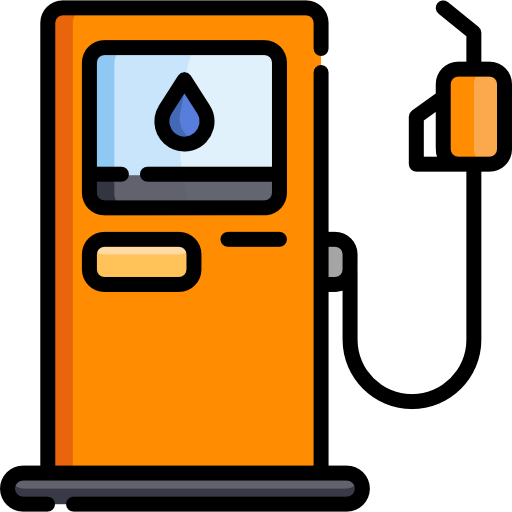 |
Category 3: Fuel and energy-related activities | 207,816 | 288,554 | 221,543 | ||
|
|
Category 4: Upstream transportation & distribution | 153,548 | 146,044 | 57,680 | ||
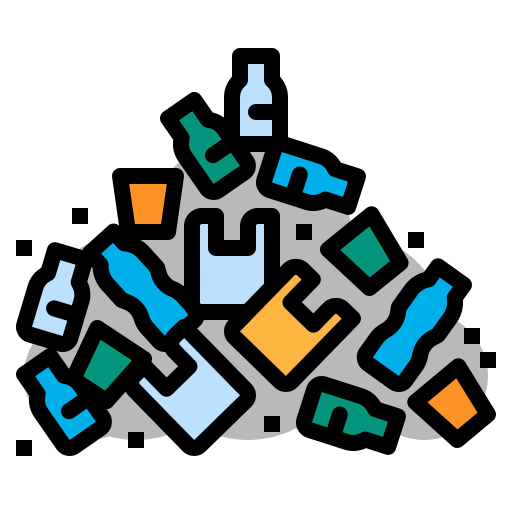 |
Category 5: Waste ganerated in operations | 90,379 | 139,033 | 52,379 | ||
 |
Category 6: Business travel | 4,172 | 751 | 509 | ||
 |
Category 7: Employee commuting | 32,193 | 33,846 | 98,370 | ||
 |
Category 8: Upstream leased assets | 1,557 | 114 | 119 | ||
 |
Category 9: Downstream transportation & distribution | 37,744 | 6,508 | 12,579 | 4,315 | |
 |
Category 10: Processing of sold products | |||||
 |
Category 11: Use of sold products ** | |||||
 |
Category 12: End of life treatment of sold products | 50,366 | 61,877 | 68,357 | ||
 |
Category 13: Downstream leased asset | 67,641 | 103,920 | 103,949 | 81,956 | |
 |
Category 14: Franchises | 7,510 | 45,365 | 303 | 9 | |
 |
Category 15: Invesments | |||||
| Total | 299,131 | 6,878,346 | 7,731,438 | 7,803,959 | 7,900,000 | |
Remark : 1. Data verified by third party.
In 2024, BJC recalculated Scope 3 emissions for the past three years (2021, 2022, and 2023) to expand coverage. The recalculation incorporated additional data from Category 14 (franchises), including “Donjai” grocery stores, a project supporting the development of local entrepreneurs for long-term growth, and Mom and Pop Shop, which have been upgraded with a modern management system and database to drive sustainable sales. These data had previously been excluded or only partially included. As a result, the overall Scope 3 GHG emissions for the past three years have been revised. Additionally, given that BJC operates multiple businesses across diverse locations with varying energy sources, in 2024 the company collaborated with its suppliers to obtain updated emission factors, particularly for Category 3: Fuel- and Energy-Related Activities, thereby enhancing the accuracy and reliability of Scope 3 emissions data.
For emissions calculation methodology and exclusions available in ►BJC GHG accounting manual
Internal Carbon Pricing Implementation
In 2024, BJC implemented an internal shadow carbon pricing mechanism, applying a rate of THB 200 per metric ton of CO₂ equivalent to capital expenditure decisions.
The objective of this initiative is to integrate climate-related considerations into investment planning and decision-making processes. Specifically, the internal carbon price is used to:
• Support cost-benefit analyses related to energy efficiency improvements, particularly in the procurement of machinery that reduces energy consumption or utilizes cleaner fuels and renewable energy sources.
• Encourage emission reductions within the upstream value chain.
• Anticipate and assess potential financial impacts from future carbon regulations.
• Incentivize internal awareness and integration of climate-related risks and opportunities in alignment with the company’s decarbonization strategy and long-term sustainability goals.
In 2024, the glass business evaluated the ES III smart glass furnace system using the internal carbon price. The system optimizes furnace parameters in real time to enhance operational stability, reduce energy consumption, and improve molten glass quality. Based on this assessment, the project delivered significant operational savings and measurable carbon reduction, with an estimated 2,000 tons CO₂e avoided annually, equivalent to approximately THB 400,000 in carbon cost savings. In the same year, the project also generated direct energy cost savings of around THB 3.5 million. This demonstrates how BJC integrates carbon pricing into decision-making to ensure that projects create both business value and environmental benefits.
Carbon Footprint of Products (CFP)
Thai Glass and Thai-Malaya Glass use Life-Cycle Analysis (LCA) as a tool to calculate the environmental impact of products or services throughout their entire lifecycle. LCA plays a key role in informing decisions during the design process and in the formulation of policies related to creating products or providing services. Additionally, Thai Glass is committed to providing low-carbon products to all customers, contributing to a more sustainable and environmentally friendly market.
External Collaborate
BJC recognizes that solving climate change problem cannot be accomplished alone, So BJC collaborates with government and non-governmental organizations to carry out activities related to car bon footprint analysis, emission reduction and managing the impacts of global warming such as Thaibev, Thailand Greenhouse Gas Management Organization (TGO), and Mahidol University etc.
Net Zero Initiatives
► Carbon Removal
In 2023, BJC initiated its reforestation efforts by planting over 20,000 trees across 100 Rai (40 acres) in Chiang Rai province as part of the "Planting Big Trees for Our House" campaign. In 2024, BJC is increasing the total number of trees planted to 52,638 across 299 Rai (118 acres). This achievement represents 35% of BJC’s ambitious target to plant 150,000 trees, emphasizing the company’s growing dedication to environmental restoration and forest conservation.
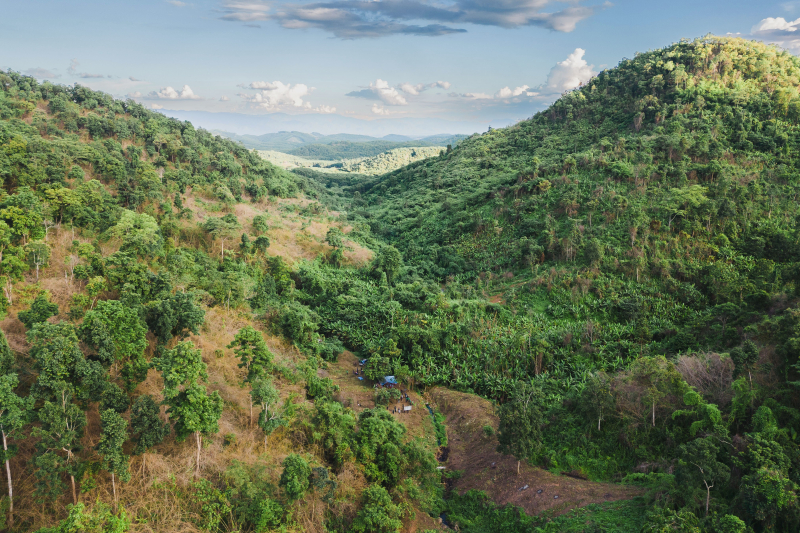
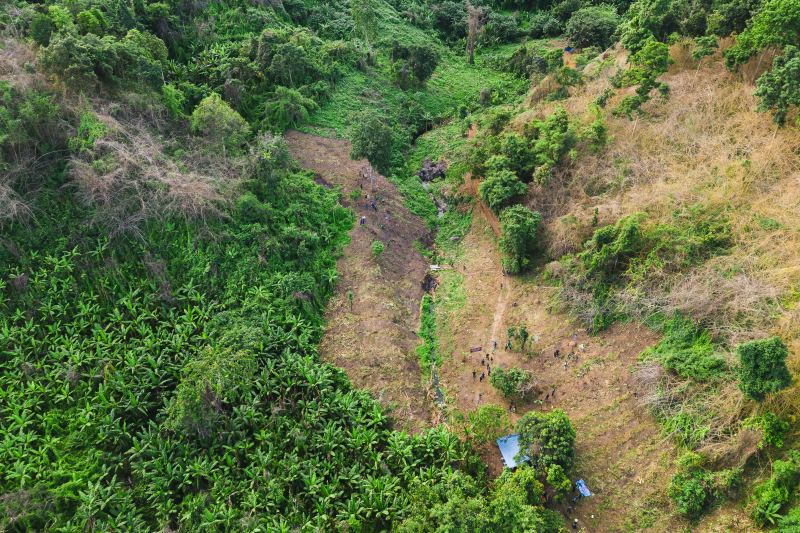
► Carbon Offsetting
|
Renewable Energy Certificates (RECs) are a specific type of carbon offset focused on generating electricity from sustainable sources. Unlike fossil fuels, renewable energy sources like wind, solar, and biomass do not require excavation or burning, making them cleaner and more abundant. RECs, also known as green tags or green credits, represent the environmental and economic benefits of using renewable energy. By purchasing RECs, individuals and organizations can support renewable energy production and reduce their carbon footprint. Since 2023, BJC Glass, an energy-intensive business unit, has actively contributed to BJC’s overarching sustainability objectives by increasing its procurement of renewable energy through International Renewable Energy Certificates (I-RECs). In 2023, the company purchased 1,224 MWh of I-RECs as part of its ongoing commitment to supporting BJC’s environmental targets set for 2032. In 2024, Thai Malaya Glass, a subsidiary of BJC, further reinforced this commitment by acquiring an additional 3,878 MWh of I-RECs. These certificates represent hydropower generated by the Electricity Generating Authority of Thailand (EGAT) and were transacted through Innopower Company Limited. The I-RECs represent electricity generated from renewable sources, including wind and hydropower, and directly support BJC’s goal of reducing Scope 1 and Scope 2 greenhouse gas emissions by 15%, as well as decreasing the company’s reliance on non-renewable energy by an equivalent percentage by 2032. |
|
Mitigation of Residual Emissions and Emissions Beyond BJC’s Value Chain
BJC is committed to neutralizing residual greenhouse gas emissions and further mitigating emissions beyond its value chain as part of its long-term climate strategy. Acknowledging that certain emissions are difficult to eliminate entirely, the company is dedicated to investing in credible and independently verified offset mechanisms to address residual emissions following the implementation of all technically and economically feasible abatement measures.
To achieve this, BJC plans to:
-
Collaborate with strategic partners and participate in industry initiatives that facilitate emissions reductions beyond the company’s direct operations and value chain.
-
Invest in high-quality carbon offset projects that are verified by third parties, including initiatives such as reforestation and renewable energy development.
This approach supports BJC’s broader sustainability goals and aligns with global efforts to reach net-zero emissions.
Science-based Target Initiatives (SBTi)
BJC acknowledges that to positively contribute towards the global climate change goals set forth in the COP21 meeting, its climate change targets must be developed in alignment with the Science Based Targets initiative (SBTi) framework. Despite not officially committing to SBTi, BJC’s targets were developed in alignment with SBTi, ensuring that these targets will contribute towards the global goals. In 2023, BJC offers training courses that provide an overview of the requirements for setting science-based targets (SBT) as well as best practices in corporate GHG management to relevant employees representing various business units under BJC.
